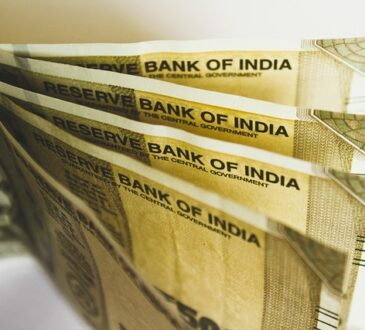India’s foreign exchange reserves rose by $6.6 billion to $665.4 billion in the week ending March 28, marking the highest weekly increase in nearly five months, according to RBI data. This marks the fourth consecutive weekly gain, with total reserves up by $20.1 billion in that period.
New Delhi: India’s foreign exchange reserves rose sharply by USD 6.6 billion to reach USD 665.4 billion in the week ended March 28, marking the highest increase in nearly five months, according to data released by the Reserve Bank of India (RBI). This is the fourth consecutive weekly gain, with total reserves climbing by $20.1 billion over the past month. The surge comes after a period of volatility that saw foreign investors pulling back from Indian equity markets, dampening inflows and exerting pressure on the rupee. As per the latest RBI data, foreign currency assets—one of the major components of forex reserves—stood at USD 565.01 billion, while gold reserves were valued at USD 77.79 billion as of March 28.
During the same period, the rupee appreciated by 0.6% against the US dollar, reflecting a return of investor confidence. Analysts attribute this strengthening of the currency to renewed foreign portfolio inflows and reduced pressure on the RBI to intervene heavily in the currency markets. Typically, a fall in forex reserves indicates RBI intervention through dollar sales to stabilise the rupee during periods of depreciation. Conversely, a rise suggests the central bank may have been buying dollars to build reserves when the rupee strengthens.
The RBI has maintained that India’s foreign exchange reserves are sufficient to cover about 10 to 11 months of projected imports—a critical metric of economic stability. In 2023, reserves rose by approximately USD 58 billion, following a USD 71 billion decline in 2022. So far in 2024, reserves have grown by just over USD 20 billion.
Foreign exchange reserves comprise assets such as foreign currencies, gold, Special Drawing Rights (SDRs), and positions with the International Monetary Fund (IMF). The majority are held in US dollars, with portions in other major currencies such as the euro, yen, and pound sterling.
The central bank manages these reserves as part of its broader monetary policy strategy—buying dollars when the rupee is strong and selling when it weakens—to contain volatility and support economic stability.
(With ANI inputs)




